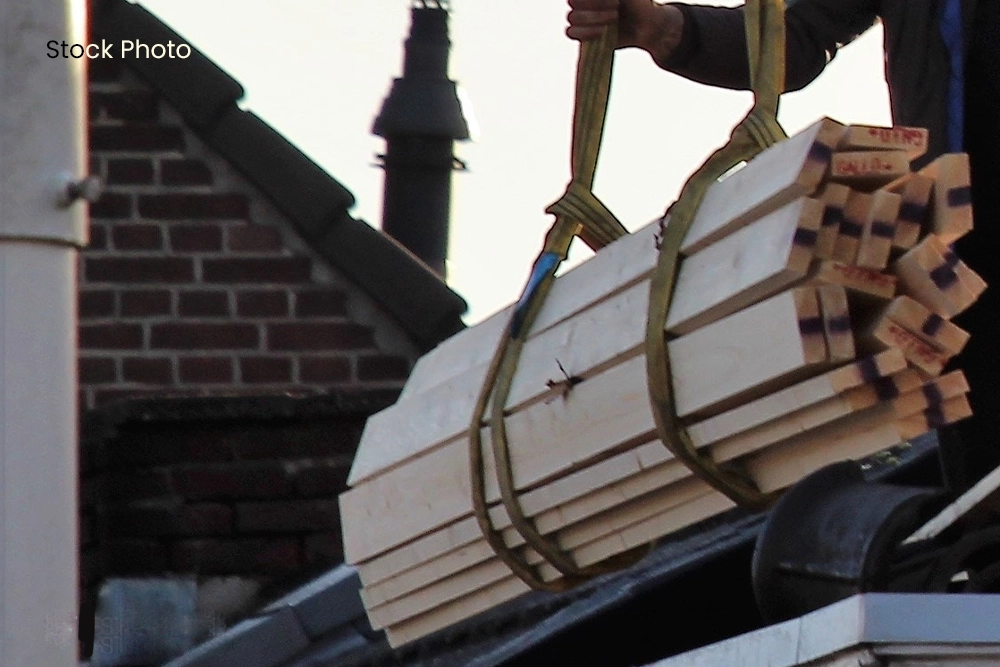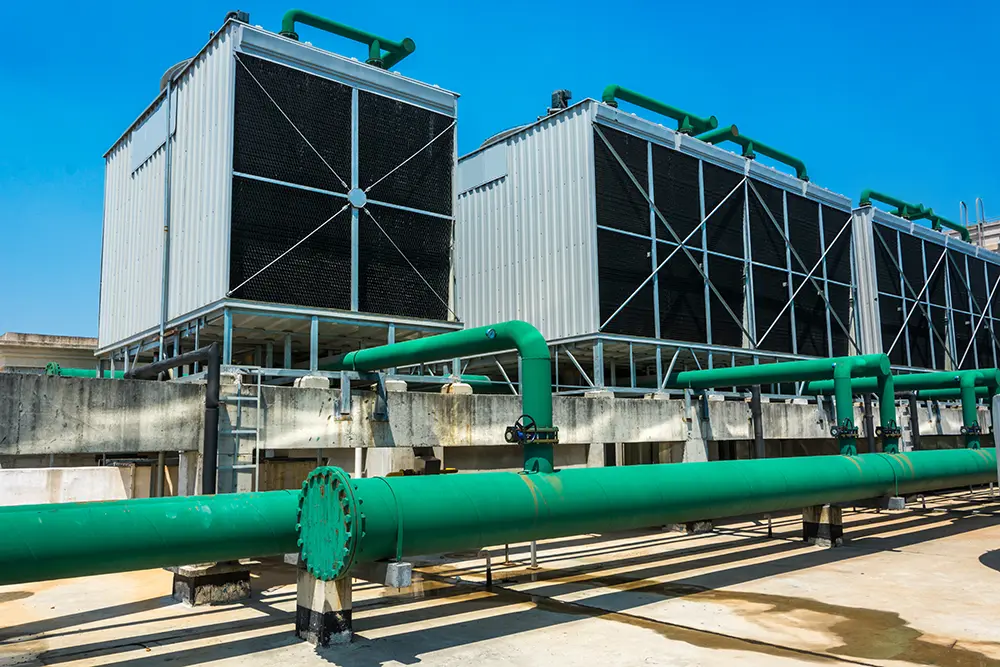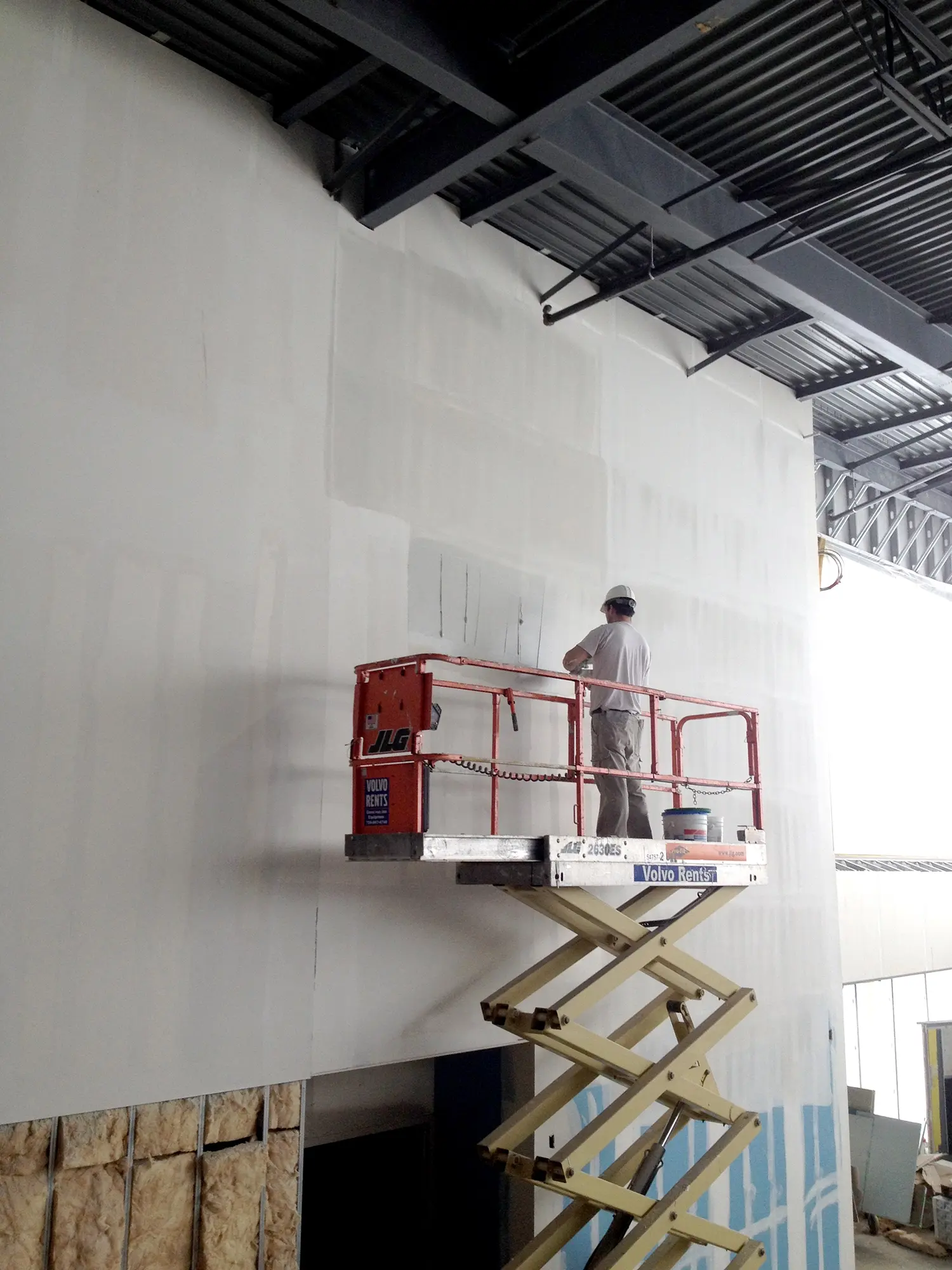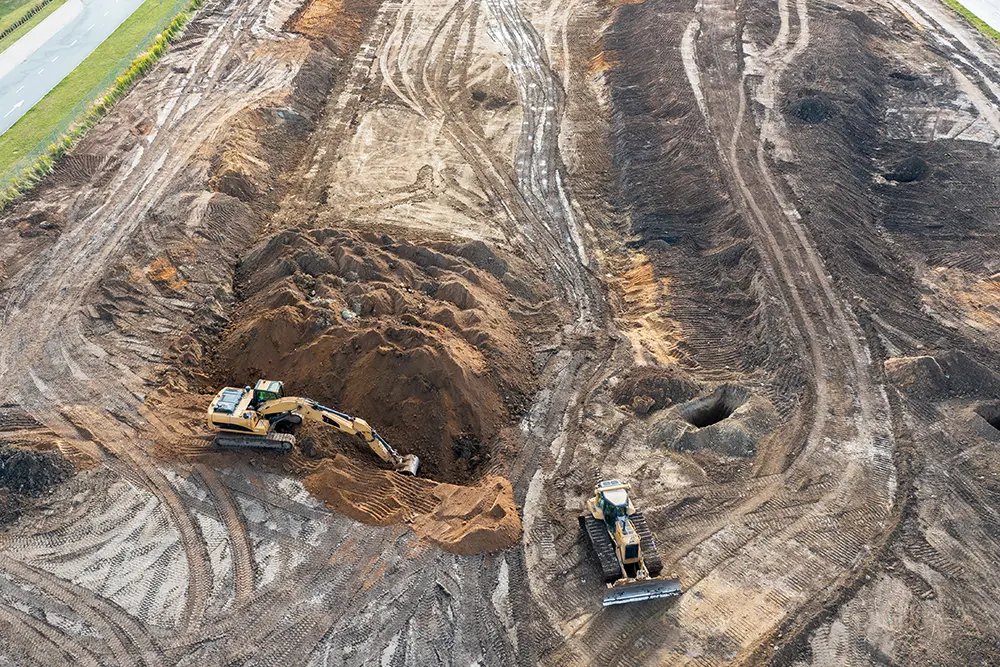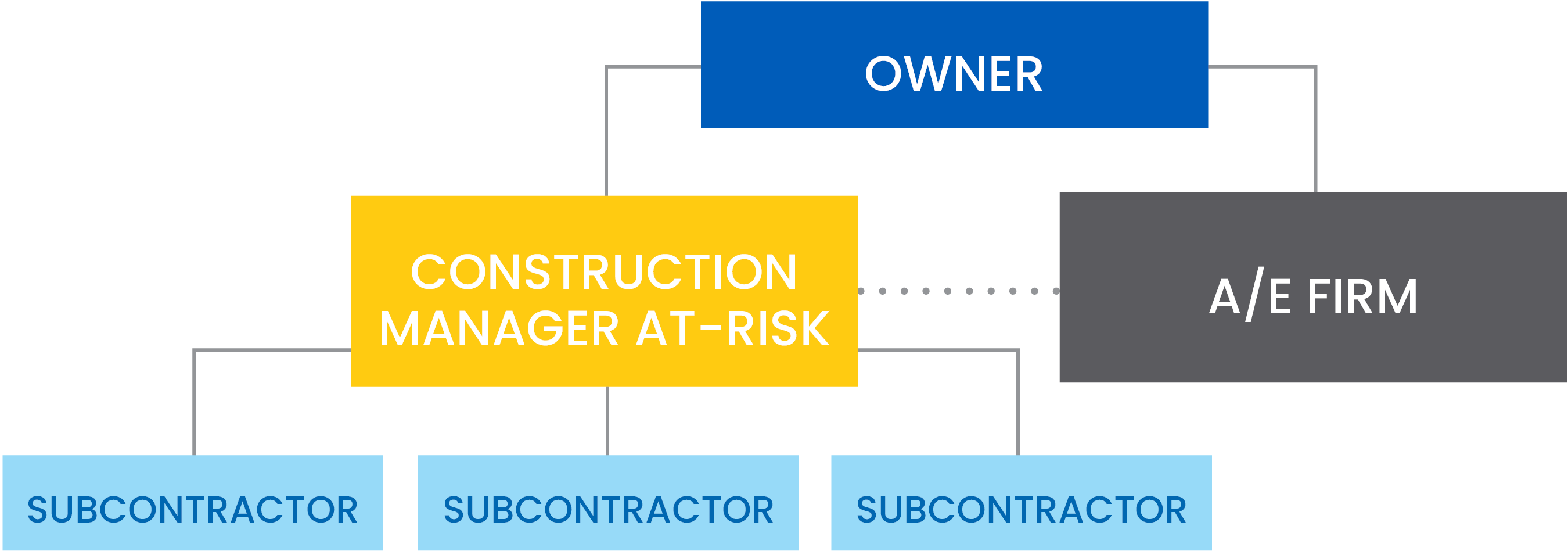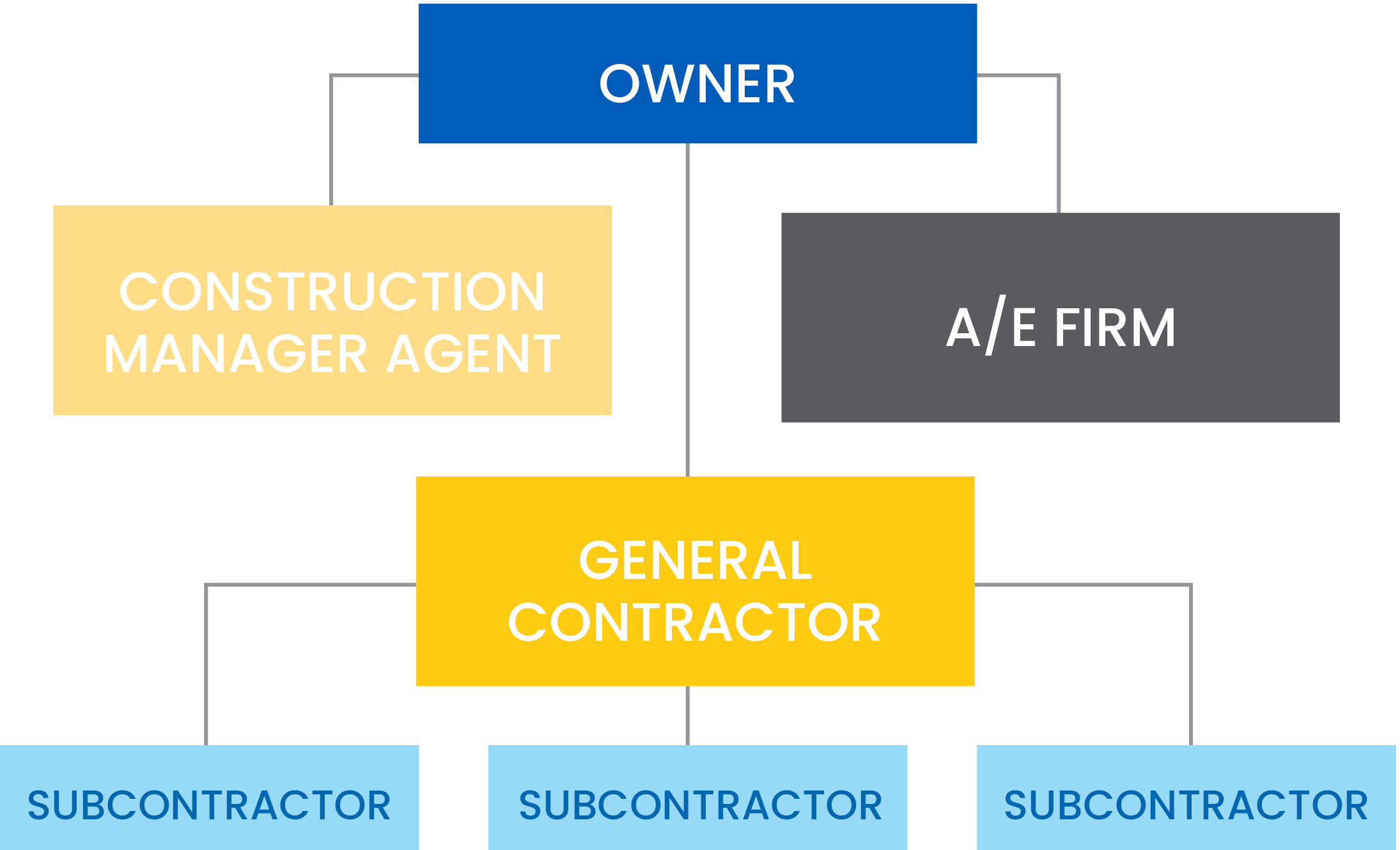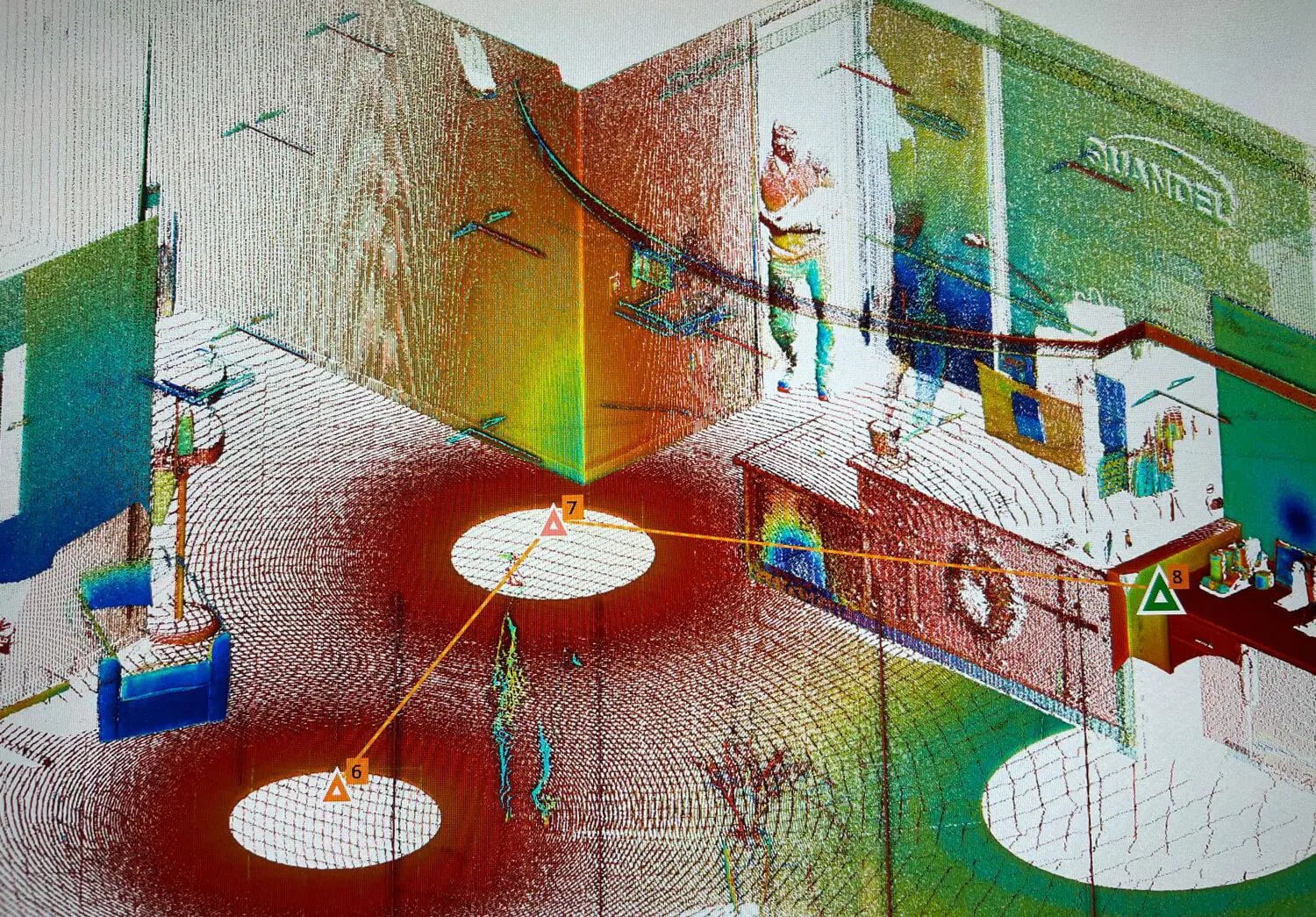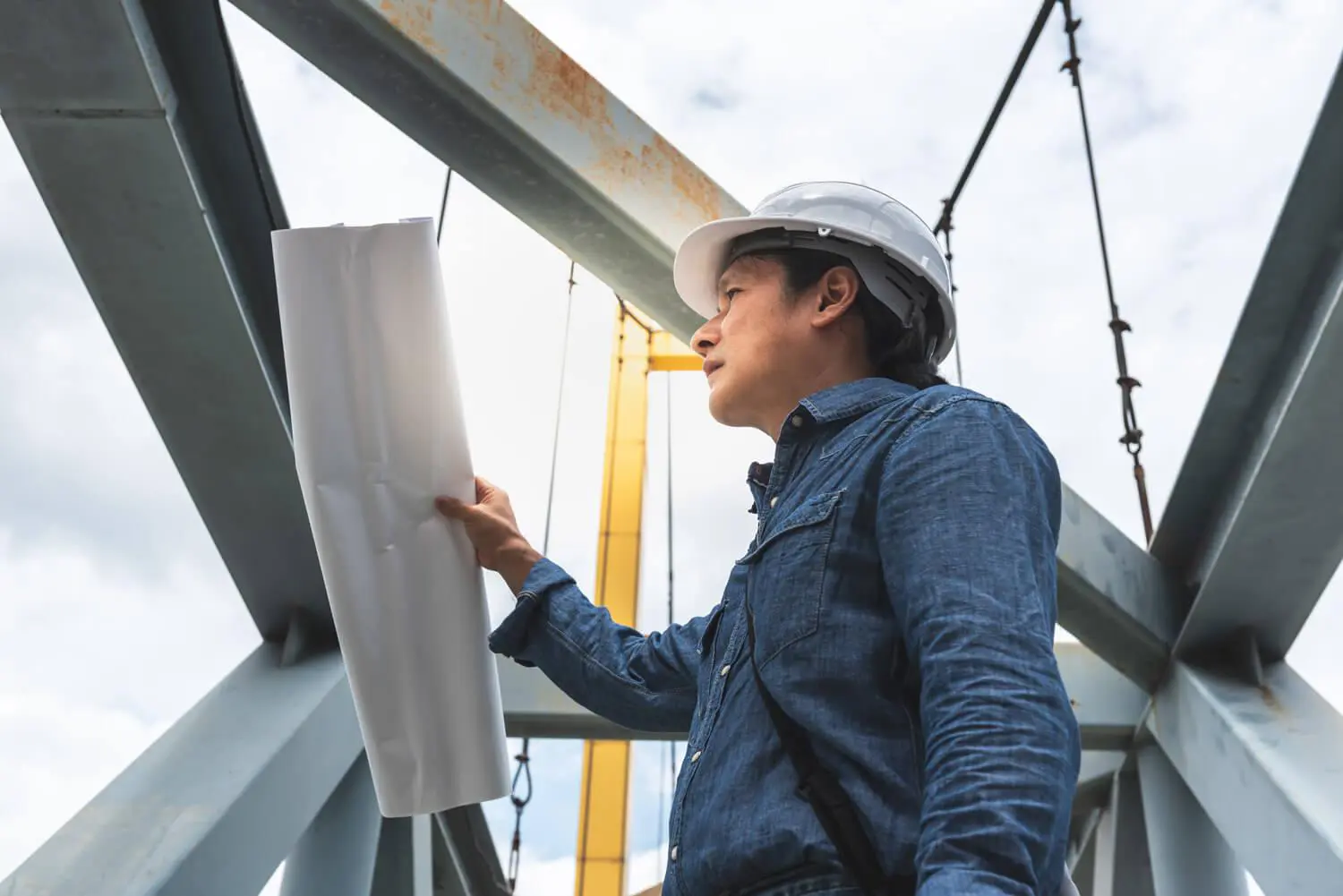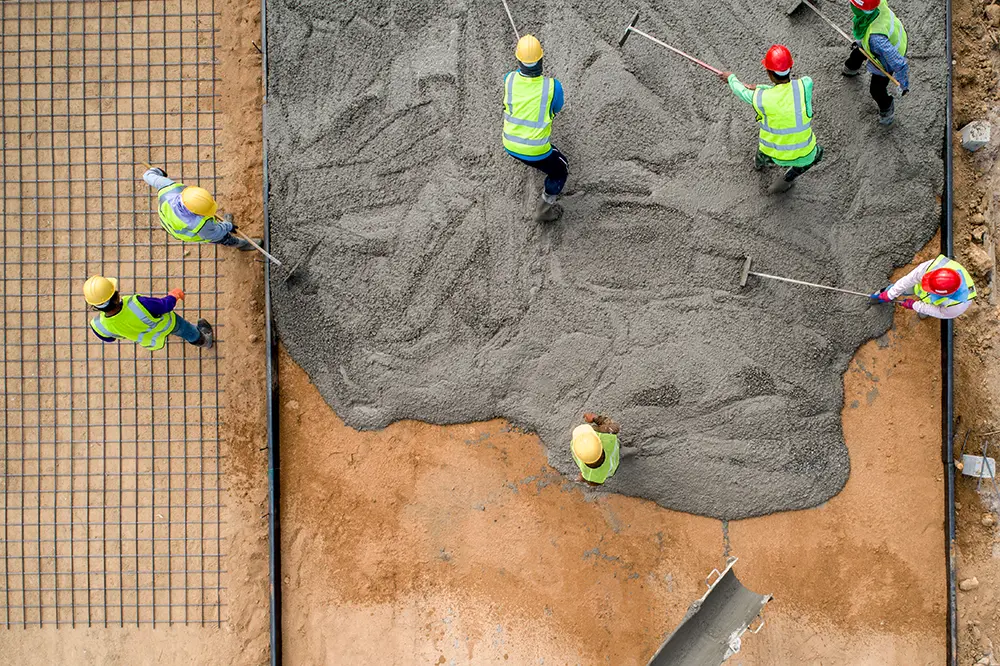Common Sling Failures
- Slings may rip when subjected to excessive loads.
- Over time, slings can undergo stretching and fraying.
- Exposure to cutting, grinding, welding splatter, or similar hazards can cause slings to burn and compromise their integrity.
- Slings in contact with chemicals can degrade.
- Prolonged exposure to moisture or direct sunlight can cause slings to deteriorate and disintegrate.
Sling Inspection Best Practices
Wire Rope Slings (ASME B30.9)A wire rope sling must be taken out of service if any of the following conditions are observed:
- Absence or illegibility of sling identification.
- Broken Wires:
– For strand-laid and single-part slings: Ten randomly distributed broken wires in one rope lay, or five broken wires in one strand in one rope lay.
– For cable-laid slings: Twenty broken wires per lay.
– For less than eight-part braided slings: Twenty broken wires per braid.
– For eight parts or more than eight braided slings: Forty broken wires per braid. - Severe localized abrasion or scraping.
- Kinking, crushing, bird caging, or any other damage resulting in harm to the rope structure.
- Evidence of heat damage.
- End attachments that are cracked, deformed, or worn to the extent that the sling’s strength is substantially affected
- Corrosion of the rope, end attachments, or fittings.
- For hooks, remove as stated in ASME B30.10.
- For rigging hardware, follow removal criteria as stated in ASME B30.26.
- Other conditions, such as visible damage, causing doubt about the sling’s continued use.
Nylon Web Slings (ASME B30.9):
A synthetic web sling should be retired from service if any of the following conditions are detected:
- Missing or illegible sling identification.
- Acid or caustic burns.
- Melting or charring of any part of the sling.
- Holes, tears, cuts, or snags.
- Broken or worn stitching in load-bearing splices.
- Excessive abrasive wear.
- Knots in any part of the sling.
- Discoloration and brittle/stiff areas on any part of the sling, possibly indicating chemical or sun damage.
- Fittings that are pitted, corroded, cracked, bent, twisted, gouged, or broken.
- For hooks, remove as stated in ASME B30.10.
- For rigging hardware, adhere to removal criteria as stated in ASME B30.26.
- Other conditions, including visible damage, raising doubts about the sling’s continued use.
Polyester Round Slings (ASME B30.9):
A synthetic round sling should be withdrawn from service if any of the following conditions are evident:
- Missing or illegible sling identification.
- Acid or caustic burns.
- Signs of heat damage.
- Holes, tears, cuts, abrasive wear, or snags that expose the core yarns.
- Broken or damaged core yarns.
- Weld splatter that exposes core yarns.
- Knots in the round slings, except for core yarns inside the cover.
- Fittings that are pitted, corroded, cracked, bent, twisted, gouged, or broken.
- For hooks, remove as stated in ASME B30.10.
- For rigging hardware, adhere to removal criteria as stated in ASME B30.26.
- Other conditions, including visible damage, that may cast doubt on the continued use of the sling.
Alloy Steel Chain Slings (ASME B30.9):
An alloy steel chain sling should be retired from service if any of the following conditions are noted:
- Missing or illegible sling identification.
- Cracks or breaks.
- Excessive wear, nicks, or gouges.
- Stretched chain links or components.
- Bent, twisted, or deformed links or components.
- Signs of heat damage.
- Excessive pitting or corrosion.
- Low Mobility
- Weld splatter.
- For hooks, remove as stated in ASME B30.10.
- For rigging hardware, adhere to removal criteria as stated in ASME B30.26.
- Other conditions, including visible damage, that raise doubts about the sling’s continued use.
Wire Mesh Sling (ASME B30.9):
A metal mesh sling should be taken out of service if any
of the following conditions are identified:
- Broken weld or brazed joint along the sling edge.
- Broken wire in any part of the mesh.
- Reduction in wire diameter of 25% due to abrasion or 15% due to corrosion.
- Lack of flexibility due to distortion of the mesh.
- Distortion of the choker fitting so the depth of the slot is increased by more than 10%.
- 15% reduction of the original cross-sectional area of any point around the hook opening of the end fitting.
- Visible distortion of either end fitting out of its plane.
- Cracked end fitting.
- Slings in which the spirals are locked or without free articulation shall not be used.
- Fittings that are pitted, corroded, cracked, bent, twisted, gouged, or broken.
- Other conditions, including visible damage, that cast doubt on the continued use of the sling.
Connecting Two Slings:
Slings should not be knotted to reduce their length or connect with another sling, as knots weaken and damage the sling.
When connecting two slings, utilize shackles. Follow these steps when connecting slings using shackles:
- Prevent shackles from experiencing eccentric loading (pulling at an angle). If this is unavoidable, reduce the shackle rating for the intended application.
- Avoid pinching the sling between the shackle and the load, which can cause damage to the sling, shackle, or load.
- Ensure that the eye of the shackle pin does not bind to the load.
- When multiple slings are loaded on one end of the shackle, use the bow end. The pin side is designed for inline loading only. Having two slings pull at a given angle from the pin side of the shackle compromises the shackle’s rating and performance.
Summary
In summary, conducting thorough sling inspections is a smart practice, enabling employees to identify potential sling issues before use. If any issues are detected, it is essential to halt operations and obtain a functional sling appropriate for the task at hand. A simple inspection can significantly contribute to preventing property damage and injuries.


